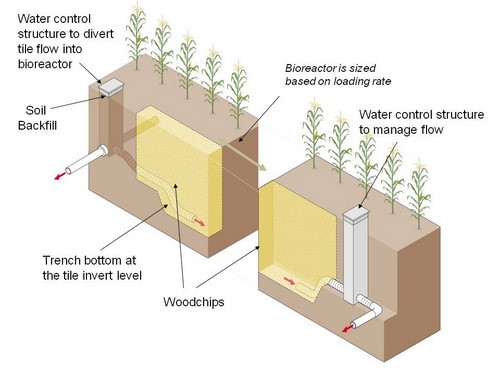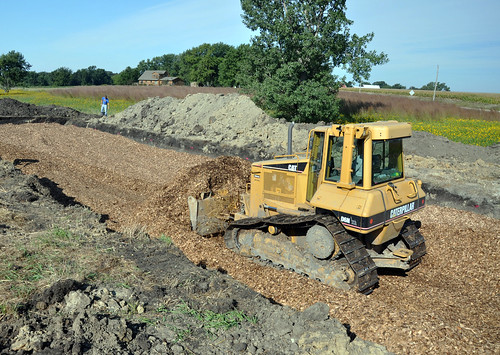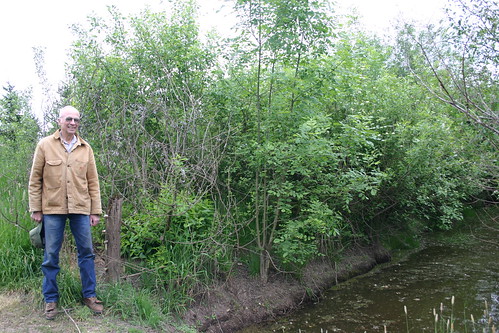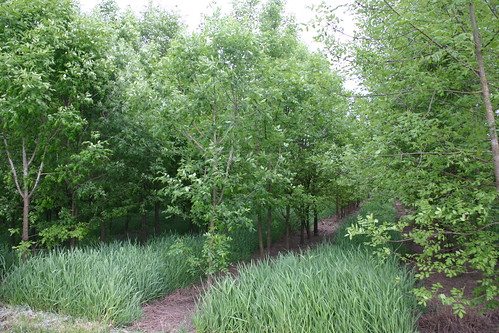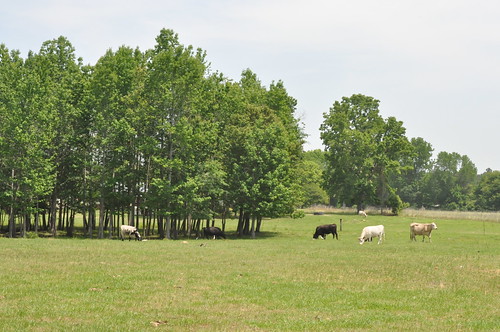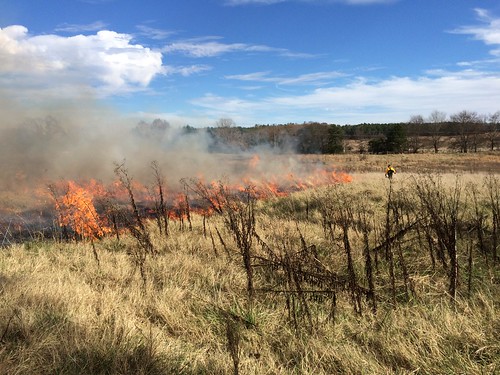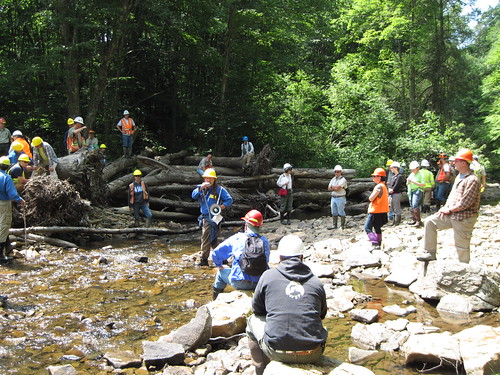News Release
U.S. Environmental Protection Agency
New England Regional Office
February 25, 2016
Contact: Emily Bender, (617) 918-1037
EPA Begins Reviews of Nine Site Cleanups this Year
BOSTON – EPA has begun reviewing site cleanups at nine Superfund Sites, including four Federal Facilities, across New England by performing required Five-Year Reviews of each site. The reviews this year will include sites in Connecticut, Maine, Massachusetts, New Hampshire and Vermont.
Once a cleanup remedy or part of a remedy is in place at a hazardous waste site, it is important for EPA to regularly check on its progress to ensure the remedy is working properly to clean up the site. The primary purpose of the formal Five Year Review is to ensure continued protection of public health and the environment at the given Superfund Site. In addition to extensive review of the remedy itself, the engineering and the overall functionality, EPA may also look at outside variables that could potentially affect the performance of the remedy, including things like redevelopment, climate change impacts and overall wear and tear.
EPA conducts evaluations every five years on completed clean up and remediation work performed at sites listed on the “National Priorities List” to determine if the implemented remedies at the sites continue to be protective of human health and the environment. Five year review evaluations identify any deficiencies to the previous work and, if called for, recommend action(s) necessary to address them.
The Superfund Sites where EPA will begin Five Year Reviews in Fiscal Year 2016 are below. Please note, the Web link provided after each site provides detailed information on site status and past assessment and cleanup activity. Once the Five Year Review is complete, a report of its findings will be posted to this website. The web link also provides contact information for the EPA Project Manager and Community Involvement Coordinator at each site. Community members and local officials are invited to contact EPA with any comments or concerns about a Superfund Site or the conclusions in the recent Five Year Review.
Connecticut
New London Submarine Base, New London, CT,
Review of 24 Sites and 12 Operating Units
http://www.epa.gov/superfund/newlondon
Maine
Eastern Surplus, Meddybemps, ME
Review of Entire Site Remedy
http://www.epa.gov/superfund/eastern
Massachusetts
Fort Devens-Sudbury Training Annex, Sudbury, MA
Review of Area 7
http://www.epa.gov/superfund/sudburyannex
Materials Technology Lab, Watertown, MA
Review of Operable Units 1 and 3
http://www.epa.gov/superfund/amtl
South Weymouth Naval Air Station, Weymouth, MA
Review of Operable Unit (OU) 1 Site 1, OU2 Site 2, OU7 Site 7,
http://www.epa.gov/superfund/sweymouth
New Hampshire
Coakley Landfill, North Hampton, NH
Review of Operable Units 1 and 2
www.epa.gov/superfund/coakley
Dover Municipal Landfill, Dover NH
First Review of the entire remedy
http://www.epa.gov/superfund/dover
Savage Municipal Landfill, Milford, NH
Review of Operable Units 1, 2 and 3
http://www.epa.gov/superfund/savage
Vermont
Pine Street Canal Superfund Site, Burlington, VT
Review of Entire Site Remedy
http://www.epa.gov/superfund/pinestreet
# # #
